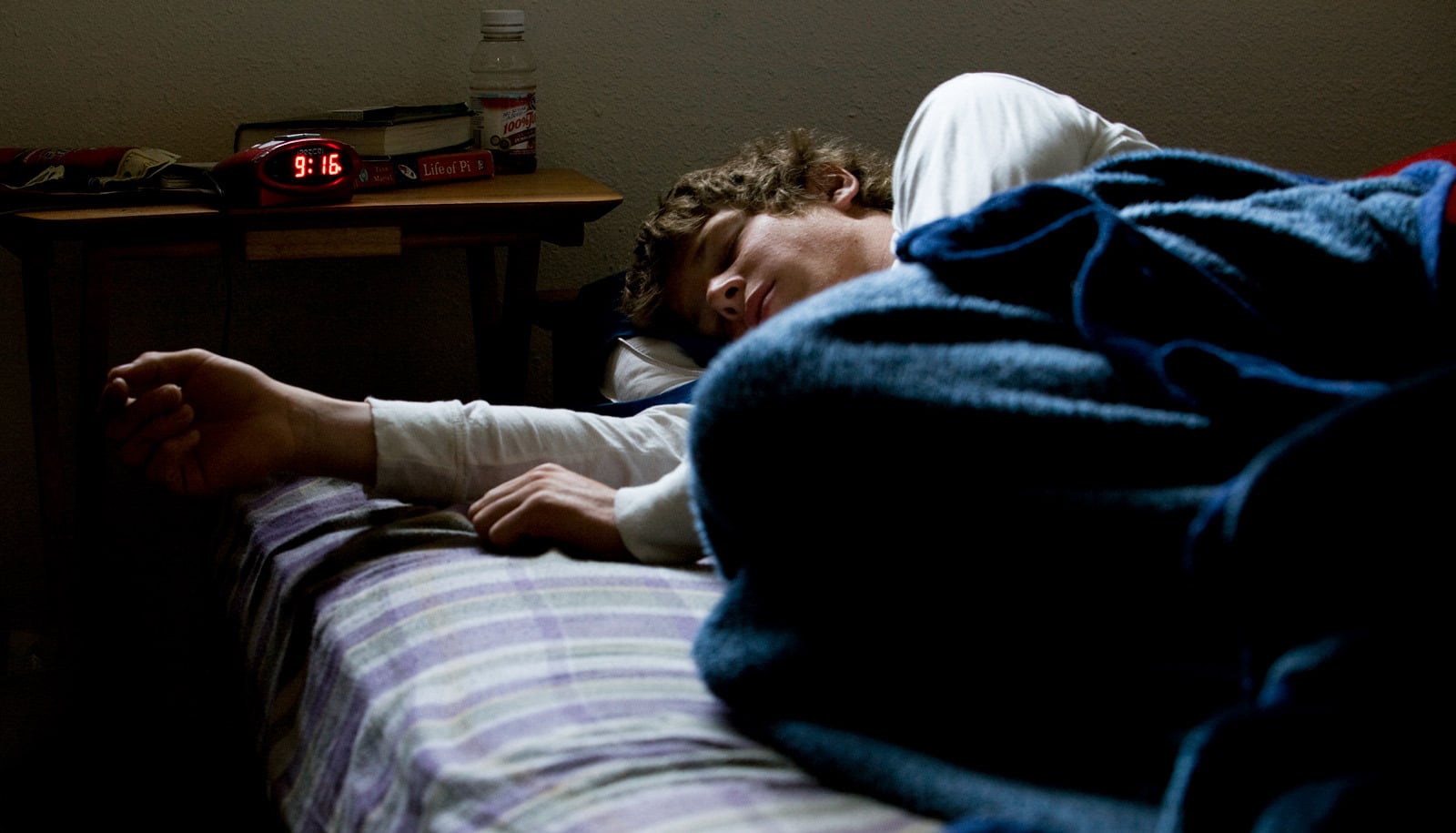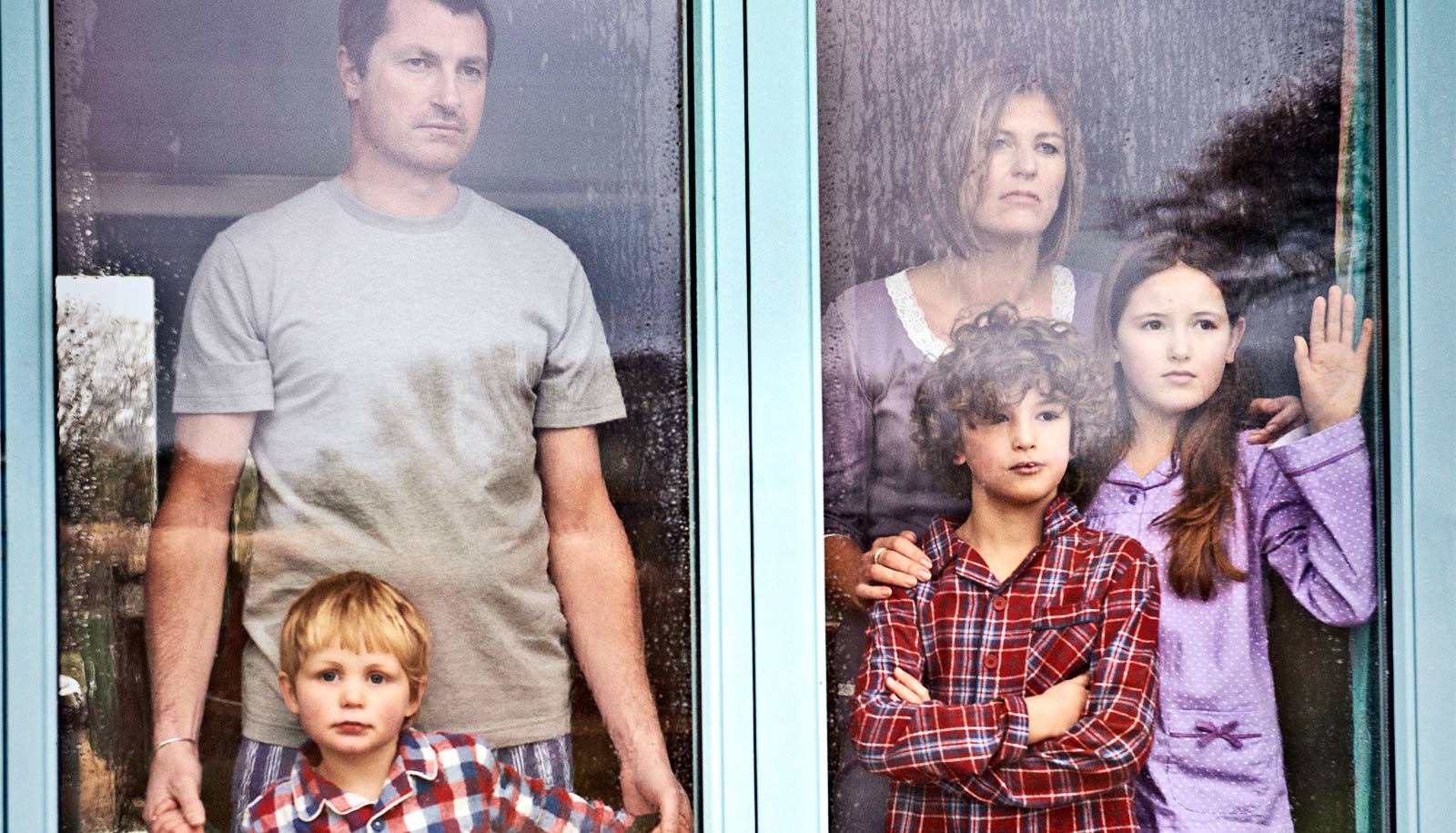Young adults and adolescents who get COVID-19 may also exhibit symptoms of a complex, multisystem disorder previously known as chronic fatigue syndrome, three new case studies show.
With more of this age group being treated for COVID-19, clinicians are concerned they will start showing post-COVID—or “long haul“—symptoms from their bouts with the virus.
The review in Frontiers in Medicine provides some of the first evidence that myalgic encephalomyelitis/chronic fatigue syndrome (ME/CFS), may be one serious post-COVID problem.
“In the three patients studied—all of whom had confirmed or highly probable COVID-19 infections early in the pandemic—we observed ME/CFS-like symptoms within the first two weeks of illness,” says Peter Rowe, professor of pediatrics at Johns Hopkins University School of Medicine and director of the Chronic Fatigue Clinic at Johns Hopkins Children’s Center. “At six months following their illness, all three still met the criteria for being diagnosed with ME/CFS.”
In a recent report, the US Centers for Disease Control and Prevention (CDC) notes that US hospitals are seeing more adolescents and young adults admitted with COVID-19 as more contagious variants of SARS-CoV-2—the virus that causes the disease—spread.
The agency believes that the youthful case surge may be the result of those ages 10 to 24 being among the last prioritized to get the coronavirus vaccines, and the fact that many who are eligible have yet to receive their shots. Also, the CDC says, this group is more likely to be involved in high-risk behaviors such as playing close-contact sports and going out to bars.
The three patients evaluated in the recent study were a 19-year-old man and two women, ages 22 and 30, whose COVID-19 symptoms began between April and June 2020, and who were referred to the Chronic Fatigue Clinic between August and October of the same year.
Symptoms of orthostatic intolerance—a group of clinical conditions that includes fatigue, lightheadedness, and difficulty concentrating, and are linked with greater than 90% of the people with ME/CFS—were prominent in all three from the outset of their COVID-19 illness.
A six-month post-COVID symptom onset examination, including evaluations of movement, neurological function, and continued orthostatic intolerance, was conducted on each of the patients to determine if ME/CFS could be diagnosed. All three easily met the criteria.
Interestingly, Rowe says, all three patients had relatively mild COVID-19 respiratory symptoms and none required hospitalization, yet it appears to have translated into the more serious secondary problem of ME/CFS for them all.
“This finding is consistent with previous studies in older patients with COVID-19 who showed persistent fatigue months after infection, regardless of the severity of the initial infection,” he explains.
“This raises the question of how many ME/CFS cases before the COVID-19 pandemic might have been due to mild, subclinical or asymptomatic viral infections [such as Epstein-Barr virus or human herpesvirus 6], including cases in adolescents, young adults, and older people.”
Rowe and his colleagues feel that further research is needed to define the biological mechanism by which ME/CFS arises from COVID-19, and then use that insight to develop treatment strategies that can return patients with post-COVID ME/CFS back to their previous quality of life.
Source: Johns Hopkins University



